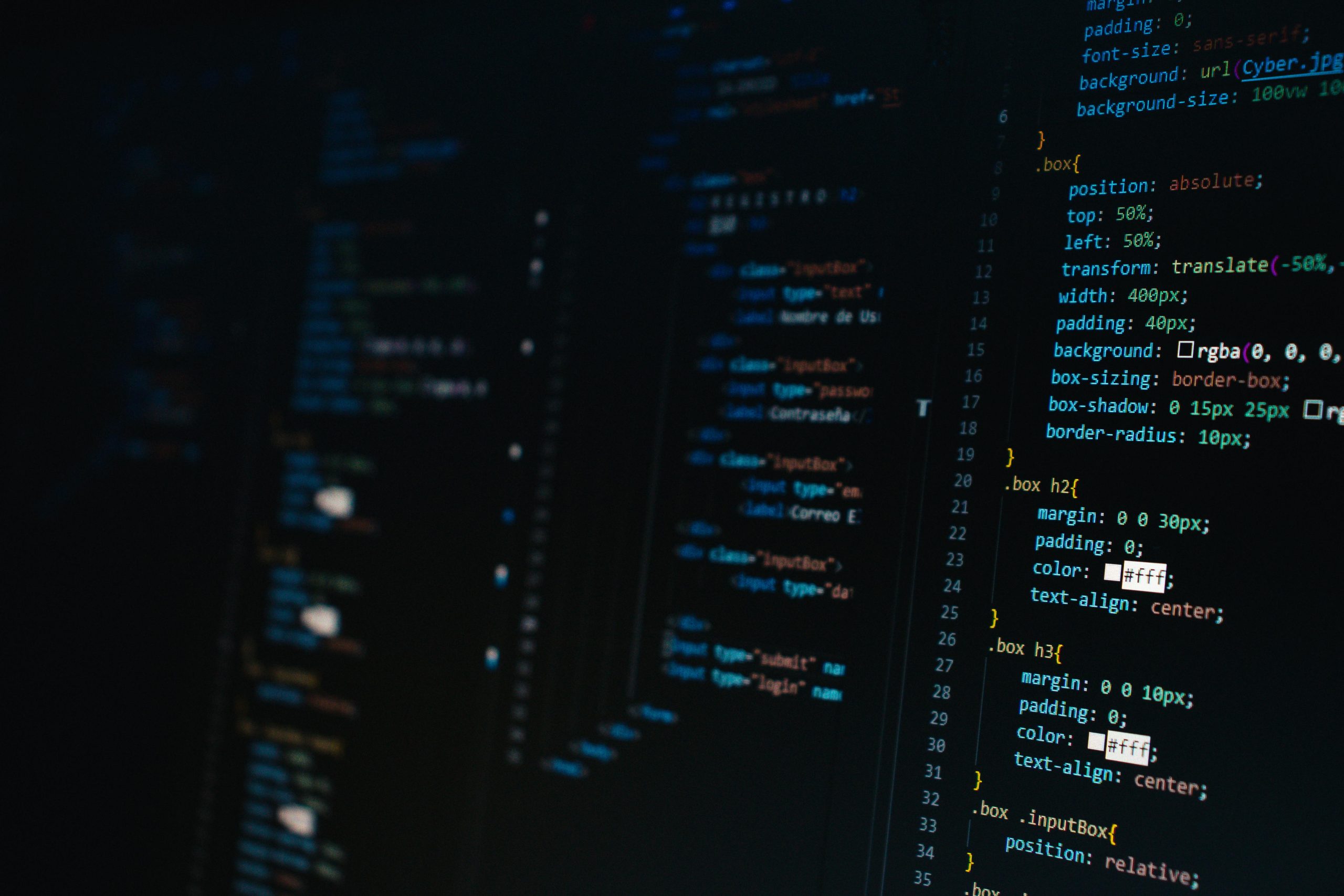Imagine waking up to a world where wars are fought not with bullets and bombs but with algorithms and digital deception. A world where nation-states deploy artificial intelligence (AI) to infiltrate, manipulate, and disrupt the very fabric of society. This isn’t a dystopian future—it’s happening now.
AI-powered cyberwarfare is reshaping the geopolitical landscape, intensifying conflicts between global powers like the U.S., China, and Russia. Governments are leveraging AI-driven cyber capabilities for both offense and defense, using generative AI to craft deepfake propaganda, manipulate public opinion, and execute precision-targeted phishing attacks.
In this article, we will explore the growing militarization of AI in cyberwarfare, the use of generative AI in cyberattacks, and the global governance challenges in regulating AI-powered cyber conflicts.
AI in Cyberwarfare: A New Era of Conflict
The Rise of AI-Powered Cyber Capabilities
AI has become a game-changer in cyberwarfare, providing state actors with the ability to conduct highly sophisticated attacks at an unprecedented scale. Unlike traditional cyberattacks, which rely on human-led tactics, AI-driven attacks can evolve in real time, learning from defensive mechanisms and adapting autonomously.
Key AI-driven cyberwarfare tactics include:
- Automated Cyber Espionage: AI-powered bots can sift through massive datasets to extract intelligence from government agencies, businesses, and critical infrastructure.
- AI-Powered Malware: Unlike traditional malware, AI-enhanced malicious software can evade detection by continuously altering its code.
- Deepfake Disinformation: AI-generated deepfakes can impersonate political leaders, causing diplomatic crises and social unrest.
- AI-Enabled Phishing Attacks: AI can craft highly convincing phishing emails that adapt to an individual’s behavior and linguistic style.
Case Study: Russia’s Use of AI in Disinformation Campaigns
Russia has been at the forefront of AI-driven cyberwarfare. During the 2016 U.S. presidential elections, Russian-backed cyber actors used AI-generated bots to amplify misinformation across social media platforms. Reports from cybersecurity firms like FireEye indicate that these AI-powered campaigns were responsible for generating millions of fake engagements, misleading the electorate, and exacerbating political polarization.
Generative AI in Cyberattacks: The Weaponization of Language Models
Generative AI, like OpenAI’s ChatGPT and Google’s Gemini, has revolutionized content creation. Unfortunately, these same technologies are now being exploited for cyberwarfare.
1. AI-Generated Deepfakes: Undermining Truth
Deepfake technology has evolved to the point where it is nearly indistinguishable from reality. Countries are now leveraging AI-generated deepfake videos to manipulate elections, spread fake news, and even impersonate political leaders.
🔹 Example: In 2022, Ukraine reported deepfake videos of President Volodymyr Zelensky appearing online, allegedly calling for Ukrainian forces to surrender. These videos, created using AI, were debunked, but not before causing widespread confusion. BBC Source
2. AI-Powered Misinformation: Influence Operations at Scale
Generative AI is also being used to craft convincing fake news articles, social media posts, and propaganda. By using machine learning algorithms, state-backed actors can generate thousands of misinformation narratives in multiple languages.
🔹 Example: China’s “Spamouflage” campaign utilized AI-generated content to spread anti-U.S. narratives across Western social media platforms. Reuters Source
3. AI-Driven Phishing: Next-Level Cyber Threats
AI has taken phishing attacks to a new level. AI-generated phishing emails now adapt in real-time, mimicking human behavior and personalizing messages based on a target’s online activity.
🔹 Example: A recent report from IBM X-Force found that AI-enhanced phishing attacks have a 78% higher success rate than traditional phishing techniques.
The Militarization of AI in Cyberwarfare
Cyber Powerhouses: The U.S., China, and Russia
The world’s superpowers are heavily investing in AI-driven cyber capabilities. Governments are integrating AI into their military cyber divisions, building offensive and defensive AI tools to protect national interests.
| Country | AI Cyberwarfare Capabilities |
|---|---|
| United States | AI-driven cyber defense tools, predictive threat intelligence, offensive cyber operations (Cyber Command). |
| China | AI-enhanced cyber espionage, intellectual property theft, deepfake propaganda campaigns. |
| Russia | AI-generated disinformation, AI-assisted malware, election interference tactics. |
🔹 Example: The Pentagon’s Project Maven uses AI to analyze vast amounts of intelligence data, enhancing the U.S. military’s cyber defense strategies. Source
🔹 Example: China’s APT41, an elite cyber espionage group, has used AI-powered cyberattacks to infiltrate government agencies and corporations worldwide. Source
The Global Challenge: Who Regulates AI in Cyberwarfare?
As AI-powered cyberwarfare escalates, the international community faces a major challenge: who regulates AI in cyber conflicts?
Current AI Governance Initiatives
Several global organizations have attempted to regulate AI in cyberwarfare, but challenges remain:
- United Nations AI Ethics Committee: Aims to establish global AI standards but lacks enforcement power. Source
- NATO’s Cyber Defense Strategy: Focuses on AI-enabled cyber resilience for member states. Source
- EU AI Act: Europe’s first attempt to regulate AI, but lacks specific provisions for cyberwarfare. Source
The Future of AI Cyberwarfare Regulations
🔹 The lack of a unified global framework means that AI-powered cyberwarfare will continue to escalate. Some experts argue that an AI Geneva Convention is needed to prevent AI-driven cyber conflicts.
🔹 Without proper regulation, the world could face an AI arms race, where nations compete to develop the most powerful AI cyberweapons with no oversight.
The Need for Ethical AI in Cybersecurity
AI-powered cyberwarfare is no longer science fiction—it’s a growing reality that will define the future of geopolitical conflicts. While AI can enhance cybersecurity defenses, its weaponization by state actors presents significant threats to global stability.
As cyberwarfare enters the AI era, it is crucial for governments, policymakers, and cybersecurity professionals to:
✅ Establish global regulations on AI in cyberwarfare.
✅ Invest in AI-powered defensive cybersecurity strategies.
✅ Educate individuals on recognizing AI-generated misinformation.
The battle for cybersecurity is no longer just about protecting networks—it’s about safeguarding democracy, truth, and the very fabric of society.
What do you think? Should the world establish an AI Geneva Convention? Share your thoughts in the comments below!
References & Further Reading:


